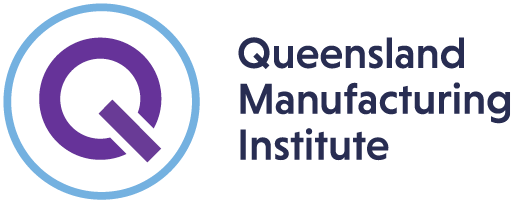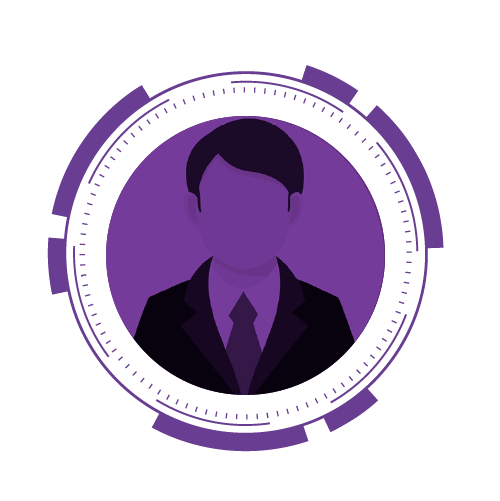Learn how to integrate Lean methods and the Theory of Constraints (TOC) into your manufacturing process.
It's easy to get caught up in everyday tasks at work, without taking the time to analyse our processes and improve them. As a result, inefficient practices creep into the workplace.
This one-day simulation will give you the tools to identify constraints and process issues in your own manufacturing environment and equip you with the skills to fix them. The simulation is an excellent starting point for a company-wide focus on Lean principles and how they can be implemented into the workplace.
This immersive simulation will recreate the manufacturing environment through the hands-on assembly of ‘products’ at separate work stations. All participants will work together to refine the process and achieve optimum output.
Cost: $50
What you'll learn from the Lean and TOC simulation:
how to rate on the Best Practice scale
ways to maximise productivity using Theory of Constraints
the application of Lean methodologies across manufacturing, financials, administration and the supply chain
an ability to develop people into a cohesive, flexible, and empowered autonomous team to achieve a common goal of improved performance
capacity to list, discuss and review process issues by using basic problem-solving techniques through breakaway group sessions
how to identify and eliminate non-value-added activities
methods to distinguish between push and pull systems and understand the control method of Kanban pull signals, to balance supply and demand, improve lead times and reduce work-in progress
understand why, how and when to reduce set up times
why large batch sizes are not cost effective and increase inventory, lead times, and reduce flexibility
why consistent processes give quality results through standard work practices and procedures
the importance of visual performance measures in driving behaviours
how the implementation of '5S housekeeping' is the cornerstone of best practice
the importance of quality at source and mistake proofing
why preventative and autonomous maintenance is critical to overall equipment effectiveness
understand the key best practices areas of: leading and managing change, teamwork, set-up reduction, process and material flow, focused improvement, 5S and visual performance measures.
Presenter:
James McIntosh
McIntosh Specialised Consulting
Numbers are limited due to COVID-19 restrictions.
Maximum of two people per company.


